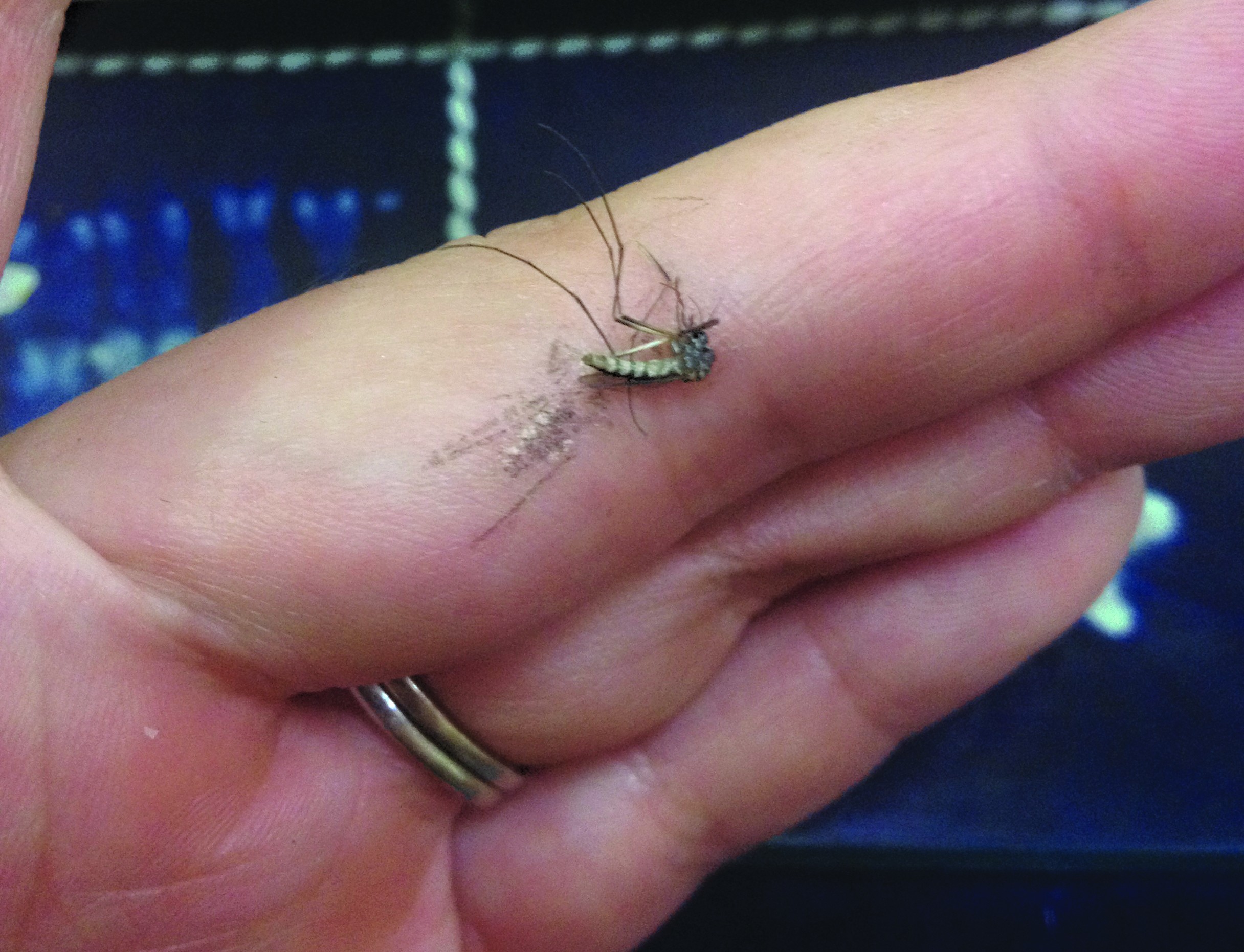Holly Morgan
hmorgan3@uwyo.edu
With the Zika virus being declared a global public health emergency, the UW international program’s office has notified UW students studying abroad in “at risk” areas of the potential hazards.
“The international programs office has contacted all students currently studying abroad in these regions, as well as those considering travel in the near future,” Sarah Robinson, study abroad coordinator and student exchange advisor, said. “We have also posted a link on the study abroad home page referring students to the CDC website.”
The World Health Organization (WHO) declared the virus a global emergency this past Monday.
The mosquito-transmitted virus was discovered decades ago, but has experienced a surge of attention due to its suspected causal relations with the ‘microcephaly’ condition in infants.
“What has happened is that this was first reported in Brazil, women there became infected and their babies had birth defects like microcephaly, which is small brain development,” Dr. Joanna Steane, director and staff physician at UW student health, said.
Zika is no longer confined to Brazil or the South American continent, but is indicated by the Center for Disease Control and Prevention (CDC) to have spread throughout the Americas, including the southern part of the U.S.
The City of Laramie’s mosquito control crew Supervisor Keith Wardlaw said the transmission path is from select types of carrier-mosquitos to human blood which can then infect a different mosquito during feeding; the virus continues to proliferate in this fashion.
The international dispersal is enabled by the prevalence of worldwide travel; an infected person can contract Zika while visiting one continent, then easily transport it back home and infect carrier- mosquitos there.
“Only a few mosquito types are capable of carrying the virus,” Wardlaw said. “One is Aedes aegypti. These mosquitoes are very adapted to people and live in very close contact with them; oftentimes their only source of blood meal is from humans, making them very well-adapted for spreading the virus, especially in densely-populated metropolitan areas.”
Wyoming is not currently thought by health officials to be at risk for containing mosquitoes carrying Zika, as Aedes aegypti , and the other types of known carrier- mosquitos do not inhabit the state.
“The good news is that we don’t have those types of mosquitos in Wyoming,” Wardlaw said, “but what we really don’t know yet is any of the mosquitos here are capable of transmitting the virus. However, a chance of an outbreak in this colder climate is very low.”
Contraction by non-pregnant adults, however, has much milder consequences.
“Only one out of five people show symptoms. These include a fever with a rash, joint aches, conjunctivitis, muscle aches and headache,” Steane said. “Symptoms last several days to a week. Most cases are mild, and people recover without long- term problems.”
Wardlaw said the future of the Zika virus is uncertain, as “currently there are no vaccinations or antibiotics, only preventative practices such as avoidance of contact with mosquitos and not traveling to outbreak areas, especially for women who are pregnant or expecting to become pregnant.”
State departments of health have posted reminders for the general population on practices, which will reduce the likelihood of Zika infection.



